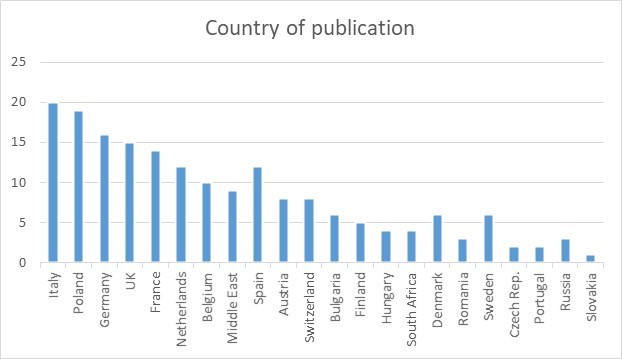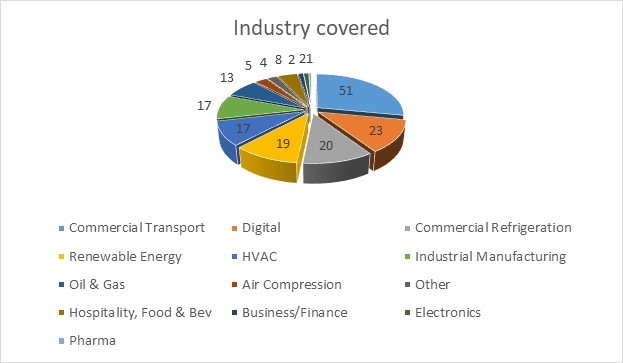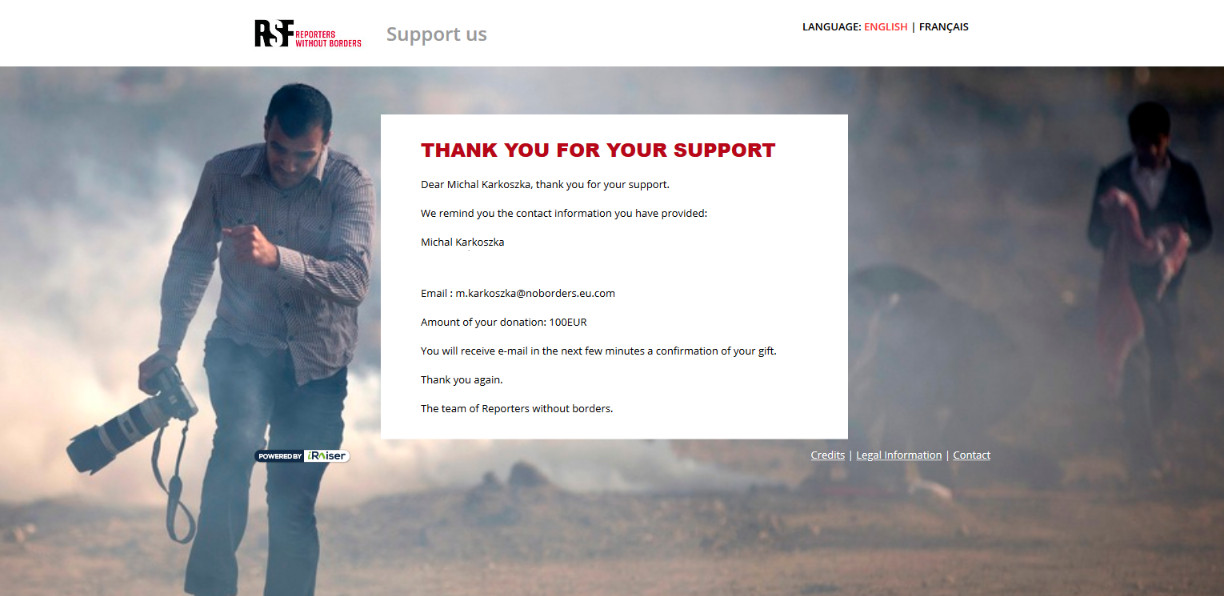Donation made to ‘Reporters Without Borders’* and the survey responses are helping to inform us and bridge the needs of our clients with the needs of our other clients – journalists

During the cold weeks of February, the team at NoBorders Communications had the idea to ask journalists about their jobs, what they like to see and read, and ultimately how to align the needs of our clients with the needs of journalists for writing clear, newsy and informative articles.
In this article, we will start sharing some of the results of this survey. But not all the details – which we’ll keep for our clients and to guide the continuous improvement of our work for them.
Over the next weeks, we’ll provide an overview of some of the results divided into different categories to enable a clearer understanding of the minds and working practices of journalists by the following categories:
- Demographics
- Content (source, format, etc)
- Press Conferences
- Trade Shows
- Language, PR representatives and some valuable free field comments
Demographics
Of the 100 respondents, more than half of them write for two or more publications in nearly double the number of countries as survey respondents, indicating that most journalists write for multiple publications across different countries. The same respondents are also more likely (65%) to be between the ages of 40 and 60, indicating industry and subject matter experience. Of the respondents, 81% are male confirming a known trend for the prevalence of male journalists in the B2B media.

Nearly double the number of industries as respondents were indicated in the survey, pointing to the conclusion that many B2B journalists cover multiple or parallel industries as well as write for multiple publications. For example, some journalists will write for publications in the “industrial manufacturing” category but also specialise in sub-categories of this such as “air compression”. Useful for this survey though, the list of industries covered includes all major manufacturing and industrial industries and markets.

And finally, while 67% of the publications that the respondents write for are published both in print and online and 13% are online only, 60% are still published monthly, indicating that while the format of publication may have gone digital, the industry or B2B media are still broadly maintaining the publication intervals of the past.
Once again, we’d like to thank all those respondents for taking the time to complete this survey. Next week, we look forward to providing you with a preview of: ‘Sourcing content, themes, and how to improve your chances of publication’.
* Reporters Without Borders (rsf.org) is the world’s biggest NGO specializing in the defense of media freedom, which they regard as the basic human right to be informed and to inform others.
– – – – – –

